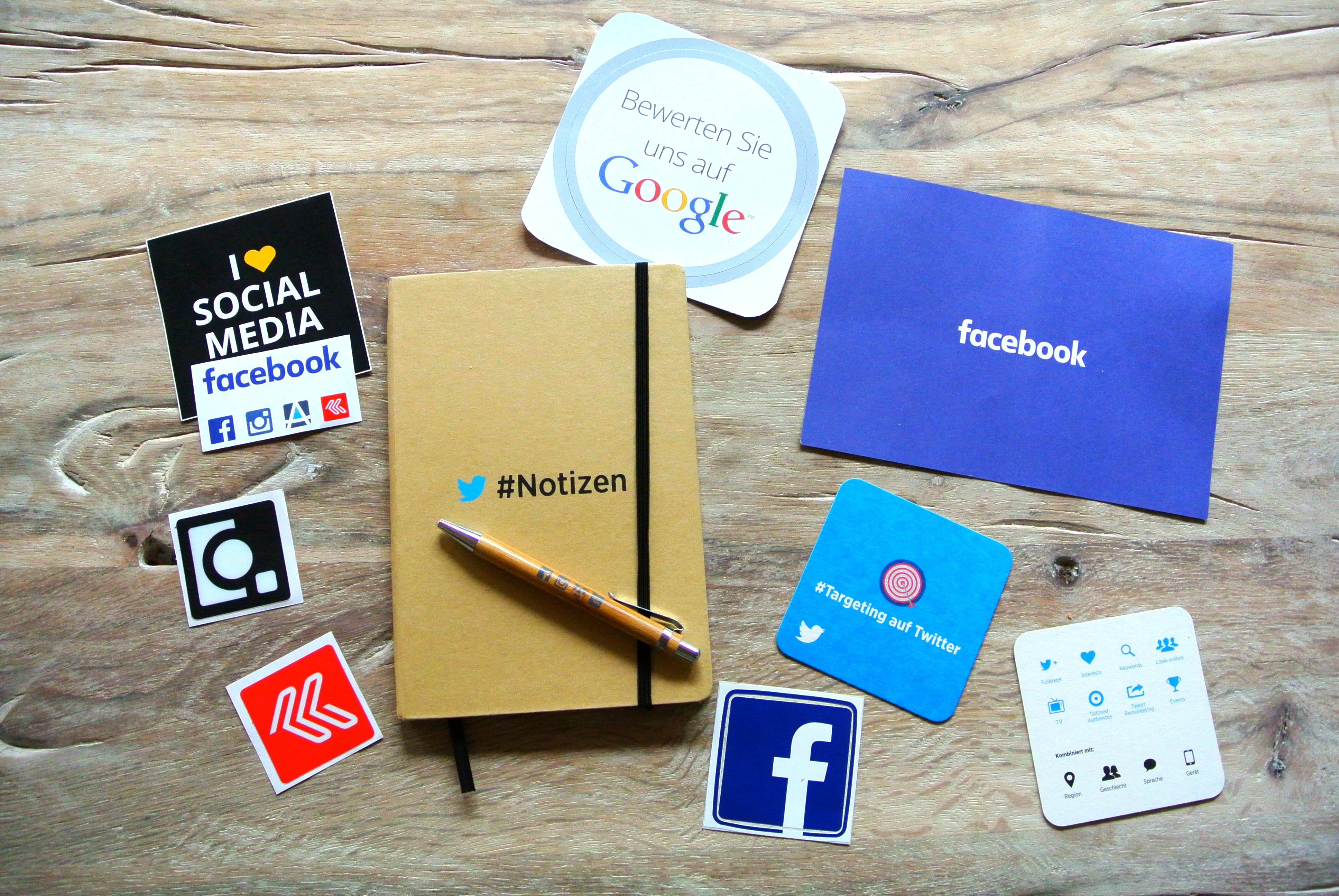Digital Strategy Tips from Government Social Media Managers
Topics

To find out how federal agencies use social media strategically, we asked a few federal and other social media experts how they approach their daily work. Here's what we learned:
They believe it starting with a sound strategy
“CDC’s social media goals are set annually to support the overall agency communication strategy and digital media priorities for the year. We review quarterly and readjust as needed based on key measures collected monthly.” (Jessica Schindelar, Social Media Team Lead, CDC)
“Our goal is pretty consistent: to use social media to amplify our reach when we are the ones telling our story. Typically we work with the traditional media to share information broadly and reach new audiences, but social media fills in the gaps when we need to communicate directly.” (Anne Rancourt, Section Chief, Office of Communications and Government Relations, National Institute of Allergy and Infectious Diseases, NIH)
“Strategy doesn't have to be complicated. Focus on providing information that solves your audiences’ information needs in engaging formats like videos and infographics. Be sure to post information on a consistent schedule.” (Aisha Moore, Senior Social Media Advisor, HIV.gov)
They set formal policies for interacting with their audience
“We try to answer every question, and demonstrate that there’s a human being at the other end of the line. Government can be a faceless entity, so we work to be responsive and kind in our interactions.” (Anne Rancourt, Section Chief, Office of Communications and Government Relations, National Institute of Allergy and Infectious Diseases, NIH)
“CDC’s social media comment policy outlines how we interact with our audience on social media and provides the basis for what the community can and can’t expect from our channel management. In practice, we monitor our social media channels multiple times a day to respond to questions and comments from the audience.” (Jessica Schindelar, Social Media Team Lead, CDC)
They make security a priority
“CDC’s social media policy requires that all new CDC social media channel administrators at the agency complete documentation that outlines how they will ensure privacy and security are maintained through the use of any third-party social media sites. An information security officer must sign these documents before any new channel can be started.” (Jessica Schindelar, Social Media Team Lead, CDC)
"To maintain high security standards, we encourage all social media administrators to consider using multi-factor authentication, which provides an additional layer of security by requiring a time-based component to the authentication process. This time-based component can only be accessed through an authenticated destination (email, phone, app…etc), making it much harder to compromise. In combination with a strong password, the potential for a security breach is heavily diminished." (Timothy Badaczewski, Technical Architect, HIV.gov)
They focus on metrics
“The right metrics will tell you whether you are successful in achieving your goals. Social media metrics should always tie back to your goals and objectives.” (Jessica Schindelar, Social Media Team Lead, CDC)
“We look at engagement first and foremost, which seems to indicate how entertaining or ‘sticky’ a particular message may be.” (Anne Rancourt, Section Chief, Office of Communications and Government Relations, National Institute of Allergy and Infectious Diseases, NIH)
They don’t fear losing control of their message
“The messages you share on social media are the same you use in email and other formats. While it might be challenging to get direct feedback, good or bad, it helps you learn what your audience wants to hear.” (Aisha Moore, Senior Social Media Advisor, HIV.gov)
“Communication is happening online, and the risk of not being an active participant in that space is far greater than the risk of loss of control of messages.” (Jessica Schindelar, Social Media Team Lead, CDC)
They’re looking forward to 2018!
“What new innovations are we considering for 2018? More whiteboard videos! And GIFs!” (Anne Rancourt, Section Chief, Office of Communications and Government Relations, National Institute of Allergy and Infectious Diseases, NIH)
“We are continually exploring new and innovative ways to deliver messages to our audiences through social media. In 2018, our focus will be on optimizing social media content through expanded use of video – expect to see more of CDC on Facebook Live, Instagram Stories, and maybe even a Snap or two in the new year!” (Jessica Schindelar, Social Media Team Lead, CDC)
“We’re excited about continuing to use data and metrics from our program to drive content decisions. By using data to understand and meet our audiences’ needs, we believe that we can continue to deliver timely and effective HIV information and resources.” (Miguel Gomez, Director, HIV.gov)
Love these tips? Don’t miss an update from HIV.gov – get digital posts delivered directly to your inbox!